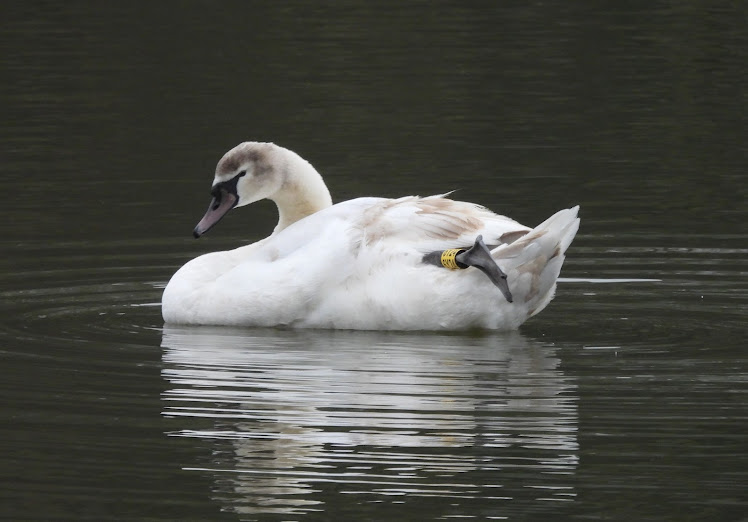The weather was great today (21 degrees and sunny), so as well as the birds, I also spent some time looking at the insects again. There were good numbers of butterflies, hoverflies, dragonflies, damselflies, moths and bees.
I recorded 9 species of butterfly (Gatekeeper, Meadow Brown, Green-veined and Large White, Small Skipper, Small Tortoiseshell, Small Copper, Peacock and PURPLE HAIRSTREAK). The last species was the best, simply because it was my first Linacre record of 2014, and also because I managed to get a photo as it fed on a Thistle.
Purple Hairstreak
The two moth species I saw and identified today were both new for me at Linacre. Both were moths that are easily disturbed from the ground, namely Brown China-mark and Shaded Broad-bar.
Brown China-mark
Brown China-mark is a common species throughout the UK, but is quite unusual in that its larvae are entirely aquatic! See here for more details.
Shaded Broad-bar
Shaded Broad-bar is also a very common species. Details from UK Moths here.
Hoverflies were also present in good numbers, and included another new species for me at Linacre, Volucella inanis.
Volucella inanis
Also present today were Brown Hawker dragonflies (5+), Common Blue Damselflies (10+) and 3 species of bumblebee (Red-tailed, White-tailed and Common Carder)
























